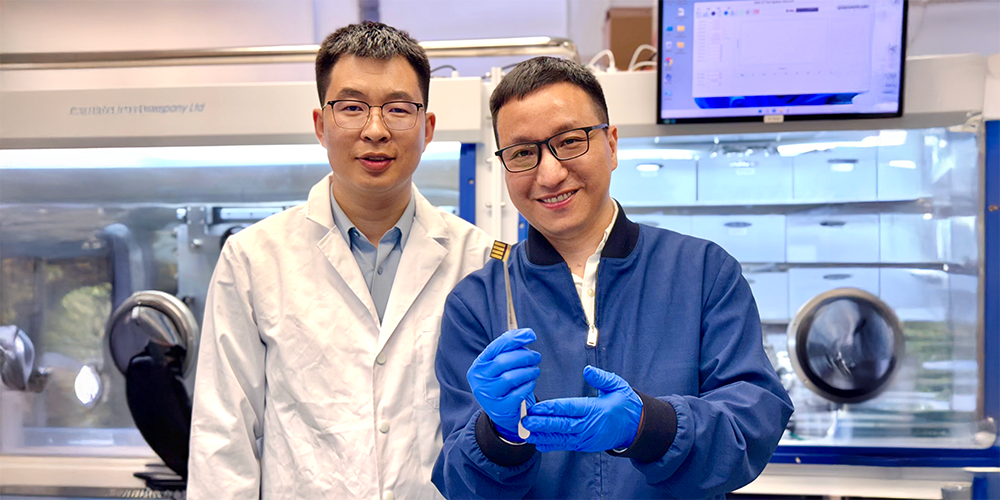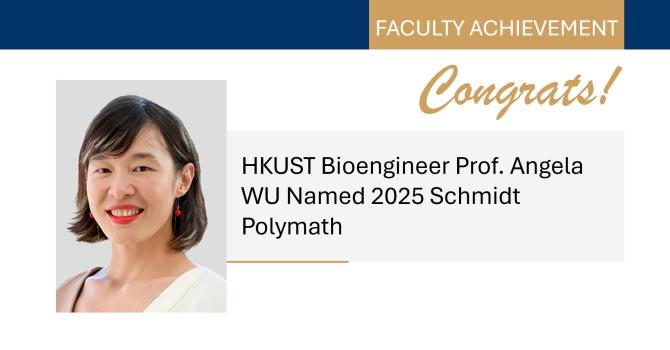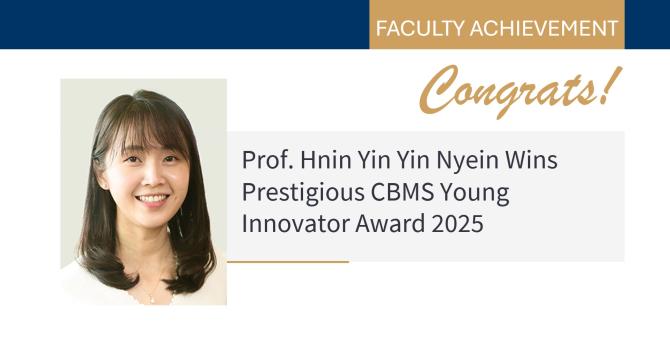Inspired by Laminate: HKUST and PolyU Researchers Synthesize a Laminate-Structured Material Interface to Improve Perovskite Solar Cells
Prof. Yuanyuan ZHOU, Associate Professor in the Department of Chemical and Biological Engineering (CBE) and Associate Director of the Energy Institute at HKUST, has led a collaborative research team with the Hong Kong Polytechnic University (PolyU) to create an innovative laminated interface microstructure. This advancement significantly enhances the stability and photoelectric conversion efficiency of inverted perovskite solar cells, which are poised to replace traditional silicon solar cells due to their high efficiency, low cost, and aesthetic appeal.
Perovskite solar cells can be categorized into standard and inverted structures, with the latter showing greater potential due to the stability of its electronic materials. However, challenges remain, particularly regarding defect accumulation at the interface between the fullerene-based electron transport layer and the perovskite surface, which negatively affects performance and stability.
By developing a “three-ply” laminated structure, consisting of a molecular passivation layer, a fullerene derivative layer, and a 2D perovskite layer, the team effectively reduced interface defects and improved energy alignment. This innovation boosts the efficiency and durability of the solar cells under challenging conditions. Their findings, published in Nature Synthesis, highlight the potential of composite materials in enhancing optoelectronic devices.
For more information, please refer to: Inspired by Laminate: HKUST and PolyU Researchers Synthesize a Laminate-Structured Material Interface to Improve Perovskite Solar Cells | HKUST School of Engineering






